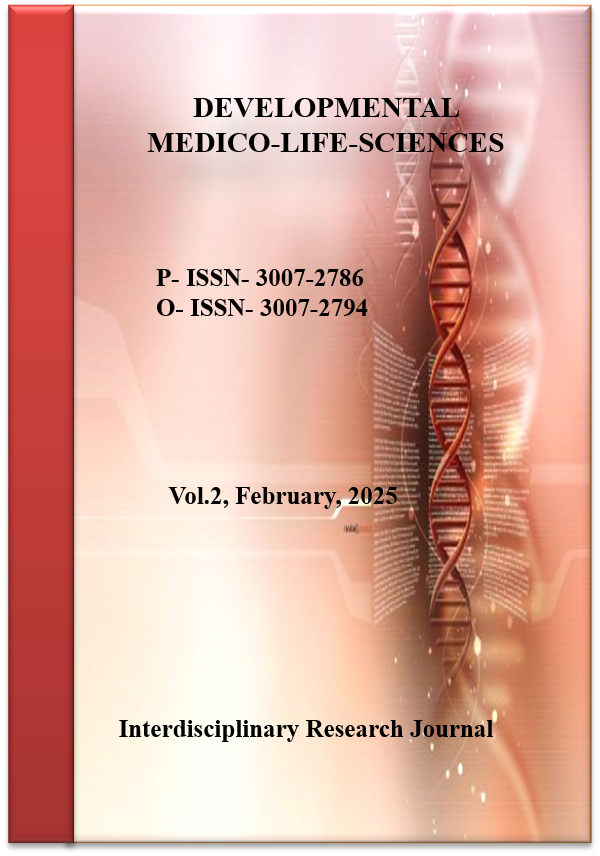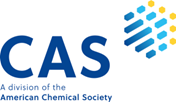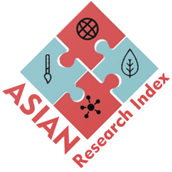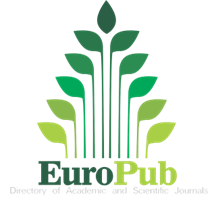Impact of Chronic Low-Dose Acetyl‑Salicylic Acid on Carotid Arteriosclerosis and Systemic Lipofuscin Burden in Older Adults: A Cross-Sectional Study
Aspirin, Arteriosclerosis, and Lipofuscin in Older Adults
DOI:
https://doi.org/10.69750/dmls.02.02.0107Keywords:
Acetyl salicylic acid, carotid intima–media, lipofuscin, oxidative stress, vascular ageing, autophagyAbstract
Background: Acetyl salicylic acid (aspirin) is routinely taken at low dosages for vascular prophylaxis, but its antioxidant capacity to slow arteriosclerosis and lipofuscin accumulation has yet to be settled.
Objectives: To compare carotid intima–media thickness (IMT) and circulating N retinylidene N retinylethanolamine (A2E)—a proxy for lipofuscin—in older adults chronically exposed to low-dose ASA with controls free of aspirin.
Methods: A comparative cross-sectional study consecutively enrolled eighty ambulatory adults ≥ 60 years. ASA 75–100 mg day¹ was given to forty participants for ≥ 6 months, and forty participants received no antiplatelet therapy in the same period. At a single visit, a structured interview, physical examination, and fasting blood tests were completed. A blinded sonography measured carotid IMT with a 10 MHz linear probe and quantified plasma A2E by liquid chromatography–tandem mass spectrometry. However, our analysis was adjusted for age, sex, diabetes, systolic blood pressure, and statin use.
Results: Groups were well matched for demographic and cardiometabolic variables. ASA users had a lower mean IMT compared to controls (0.79 ± 0.09 vs 0.83 ± 0.09 mm; p = 0.010). Plasma A2E was also lower in the ASA cohort (29.3 ± 7.4 nmol/L⁻¹ vs 34.0 ± 8.5 nmol/L⁻¹; p = 0.005). Chronic ASA exposure (after adjustment) independently predicted thinner IMT (β = –0.046 ± 0.013 mm; p = 0.001) and lower A2E (β = –3.5 ± 1.0 nmol L¹; p = 0.002). One ASA user had minor gastrointestinal bleeding; no intracranial haemorrhage was observed.
Conclusion: The putative ASA mitigating effect on both arteriosclerotic remodeling and oxidative pigment accumulation was supported in an older outpatient population by association with slimmer carotid arterial walls and diminished circulating lipofuscin surrogate. Since causality is required and bleeding risk is a potential liability, these anti-senescence benefits need to be weighed in prospective studies.
Downloads
References
Otto GP, Sossdorf M, Boettel J, Kabisch B, Breuel H, Winning J, et al. Effects of low-dose acetylsalicylic acid and atherosclerotic vascular diseases on the outcome in patients with severe sepsis or septic shock. Platelets. 2013;24(6):480-5. doi:10.3109/09537104.2012.724482
Hu X, Hu Y, Sun X, Li Y, Zhu Y. Effect of aspirin in patients with established asymptomatic carotid atherosclerosis: A systematic review and meta-analysis. Front Pharmacol. 2022;13:1041400. doi:10.3389/fphar.2022.1041400
Esin F, İnce HS, Kırış T, Çelik A, Karaca M. Impact of atherosclerotic burden on long-term major adverse cardiovascular and cerebrovascular events. Int J Cardiovasc Acad. 2024;10(4):123-31. doi:10.4274/ijca.2024.18291
Ren L, Cai J, Liang J, Li W, Sun Z. Impact of cardiovascular risk factors on carotid intima-media thickness and degree of severity: A cross-sectional study. PLoS One. 2015;10(12):e0144182. doi:10.1371/journal.pone.0144182
Piechocki M, Przewłocki T, Pieniążek P, Trystuła M, Podolec J, Kabłak-Ziembicka A. Non-coronary peripheral arterial atherosclerotic disease (carotid, renal, lower limb) in elderly patients. Part II: Pharmacological approach for management. J Clin Med. 2024;13(5):1508. doi:10.3390/jcm13051508
Ji X, Leng XY, Dong Y, Ma YH, Xu W, Cao XP, et al. Modifiable risk factors for carotid atherosclerosis: A meta-analysis and systematic review. Ann Transl Med. 2019;7(22):632.
Ihle-Hansen H, Ihle-Hansen H, Sandset EC, Hagberg G. Subclinical carotid artery atherosclerosis and cognitive function: A mini-review. Front Neurol. 2021;12:705043. doi:10.3389/fneur.2021.705043
Stojanović SD, Thum T, Bauersachs J. Anti-senescence therapies: A new concept to address cardiovascular disease. Cardiovasc Res. 2025;cvaf030. doi:10.1093/cvr/cvaf030
Lin F, Pa J, Karim R, Hodis HN, Han SD, Henderson VW, et al. Subclinical carotid artery atherosclerosis and cognitive function in older adults. Alzheimers Res Ther. 2022;14(1):63. doi:10.1186/s13195-022-00997-7
Tenchov R, Sasso JM, Wang X, Zhou QA. Antiaging strategies and remedies: A landscape of research progress and promise. ACS Chem Neurosci. 2024;15(3):408-46. doi:10.1021/acschemneuro.3c00532
Pennington KL, DeAngelis MM. Epidemiology of age-related macular degeneration: Associations with cardiovascular disease phenotypes and lipid factors. Eye Vis (Lond). 2016;3:34. doi:10.1186/s40662-016-0063-5
Nguyen TNM, Chen LJ, Trares K, Stocker H, Holleczek B, Beyreuther K, et al. Long-term low-dose acetylsalicylic acid use shows protective potential for vascular dementia and Alzheimer’s disease in coronary heart disease patients. Alzheimers Res Ther. 2022;14(1):75. doi:10.1186/s13195-022-01017-4
Rao NL, Kotian GB, Shetty JK, Shelley BP, Dmello MK, Lobo EC, et al. Receptor for advanced glycation end product, organ crosstalk, and pathomechanism targets for molecular therapeutics in diabetic ischemic stroke. Biomolecules. 2022;12(11):1712. doi:10.3390/biom12111712
Bolt J, Barry AR, Inglis C, Lin S, Pan J. Prevalence of acetylsalicylic acid use for primary prevention of cardiovascular disease among older adults (2017–2021). Can Geriatr J. 2023;26(4):517-23. doi:10.5770/cgj.26.693
Roth GA, Mensah GA, Johnson CO, Addolorato G, Ammirati E, Baddour LM, et al. Global burden of cardiovascular diseases and risk factors, 1990–2019. J Am Coll Cardiol. 2020;76(25):2982-3021. doi:10.1016/j.jacc.2020.11.010
Virani SS, Alonso A, Benjamin EJ, Bittencourt MS, Callaway CW, Carson AP, et al. Heart disease and stroke statistics—2020 update: A report from the American Heart Association. Circulation. 2020;141(9):e139-596. doi:10.1161/CIR.0000000000000757
Chan A, Torelli S, Cheng E, Batchelder R, Waliany S, Neal J, et al. Immunotherapy-associated atherosclerosis: A comprehensive review. Curr Treat Options Cardiovasc Med. 2023;25(12):715-35. doi:10.1007/s11936-023-01024-0
Curcio A, Panarello A, Spaccarotella C, Indolfi C. Cardiovascular prognosis in patients with peripheral artery disease and approach to therapy. Biomedicines. 2023;11(12):3131. doi:10.3390/biomedicines11123131
Morris PB, Lloyd-Jones DM, Ballantyne CM, Birtcher KK, Covington AM, et al. 2022 ACC expert consensus decision pathway on nonstatin therapies for LDL-cholesterol lowering. J Am Coll Cardiol. 2022;80(14):1366-418. doi:10.1016/j.jacc.2022.07.006
Aboyans V, Ricco JB, Bartelink MEL, Björck M, Brodmann M, Cohnert T, et al. 2017 ESC guidelines on the diagnosis and treatment of peripheral arterial diseases. Eur Heart J. 2018;39(9):763-816. doi:10.1093/eurheartj/ehx095






















